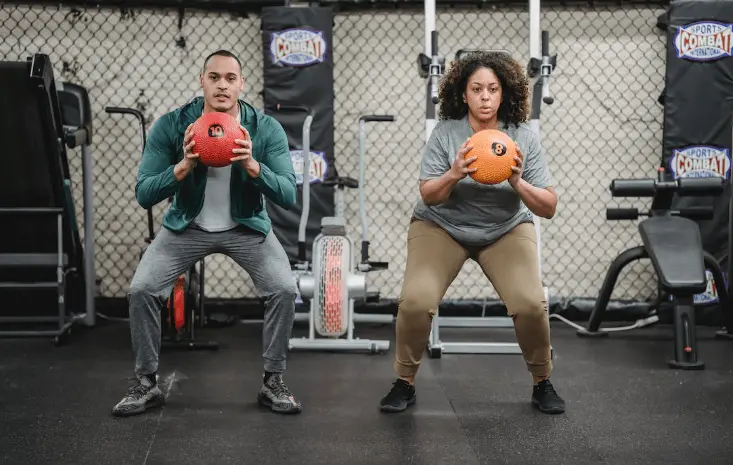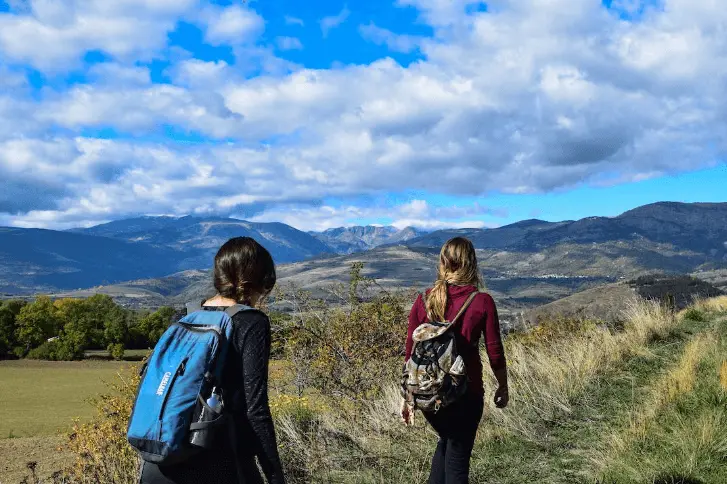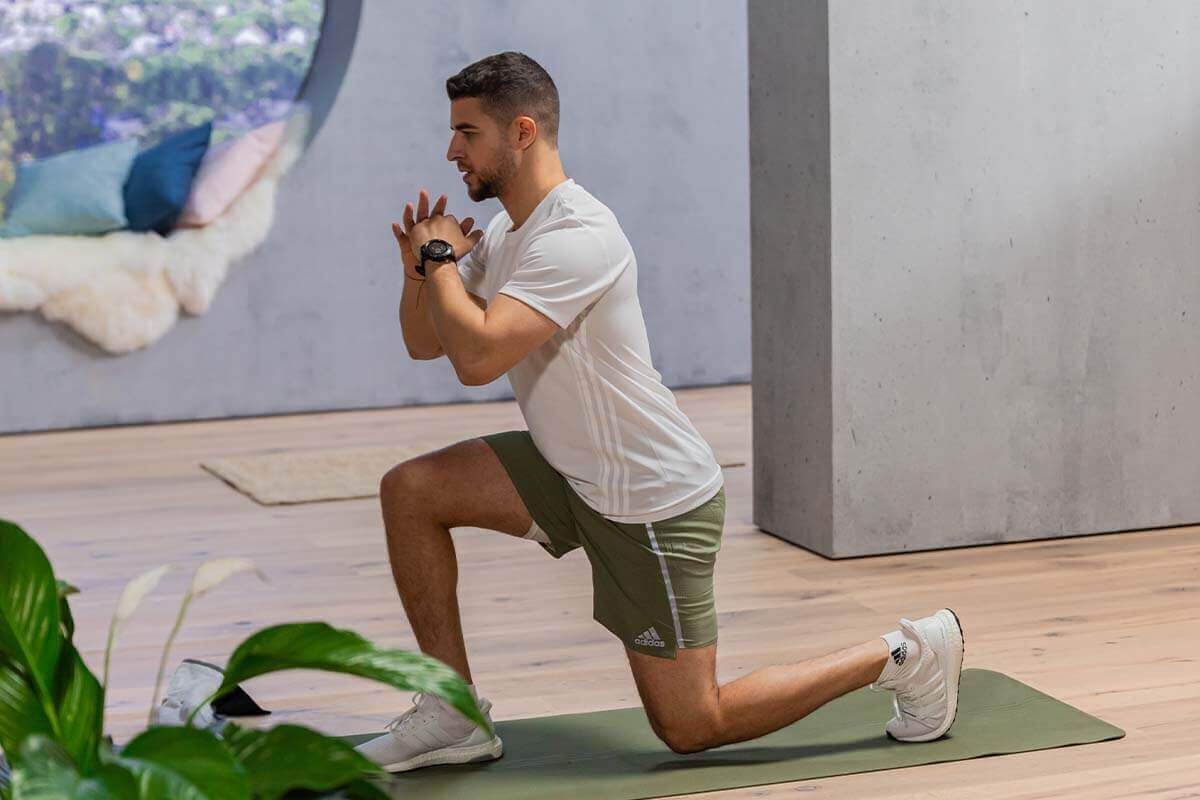The glutes are one of the most powerful muscles in your body. If you wish to build a stronger butt, you need to do exercises which target the glutes. These exercises can make your glutes firmer.
What are glutes?
Glute muscles are the muscles that are located under the fat tissue of your buttocks. The glutes consist of three different muscles; they are the gluteus maximus, gluteus minimus and gluteus medius.
The gluteus maximus is the largest muscle in our body. This muscle gives shape to the buttocks. Being the primary hip extensor, this muscle keeps your hip stable while running or walking. The gluteus medius muscle lies between the Maximus and the minimus.
It keeps the pelvis steady while walking. The gluteus minimum also has the same function as the medius. These are the muscles that help you sit, walk, run, stand and most of the other movements. Pretty much everything that requires you to move your body involves the glutes.
Advantages of training glutes
Training the flutes is a very crucial part of athletes and lifters. They increase your athletic potential. Additionally, Glute-specific training can bring a huge difference in your other workouts. There is no doubt that this can boost your lifts.
Moreover, if you are looking for overall strength and tolerance to do your everyday activities, glute training could be ideal. Stronger glutes make your life way simpler than you can imagine. Bending to pick up a pen or something you dropped can be easy without any pain.
Does walking up to the fifth-floor tire you? Training your glutes can seem to be a pretty simple job. Below are some of the most favourite and effective glute exercises for size, strength and activation. Remember, stronger glutes are a foundation for stronger everything!
Belt squat
Belt squat is a popular exercise in building quads and glutes. The advantage of this exercise is that it doesn’t strain the lower back.
- Place the belt around your hip and engage your core. Lift the weight.
- Now, release the weight pin and get into position.
- Squat down with your chest up until the bottom of your thighs are parallel to the ground or your knees at 90 degrees.

Goblet squat
This variation of a squat is to be done with a dumbbell or a kettlebell. This is a beginner-friendly move. If you are a beginner, you can try this move after mastering the basic squat. This exercise trains the muscles responsible for hip extension.
- Start by standing with your feet shoulder-width apart with a kettlebell or a dumbbell.
- Hold the weight under your chin by tucking in your elbows.
- Engage your core and your back and keep your chest up.
- Now, squat down till your legs make 90 degrees and stand back up.
Conventional deadlift
The conventional deadlift is a classic exercise that challenges the muscles around the knee, hip and ankles. Its prime focus is hip extension. Deadlifts make it to your strength training as they give you full-body strength.
- Reach down for the bar by pushing your hips back.
- Once you get in contact with the bar, secure your grip. Engage your core.
- Now, push through the floor with your quads.
- While doing so, push your hips forward as you reach the top.
- Return to the starting position by placing the bar back on the floor slowly by hinging at your hip
Sumo deadlift
The Sumo deadlift is one of the best variations of the deadlift in strength training and the size of your lower body. It helps in building and strengthening the quads, adductors and glutes. (Medius and minimus).
- Stand with your feet slightly wider than your hips with your toes pointed out at 30 degrees.
- Reach down for the bar by pushing your hips back.
- Maintain a neutral position of your head while engaging your abdominal and upper back muscles.
- Drive through the floor by pushing the hips forwards and reaching to the top.
- Return to the starting position by placing the bar back on the floor slowly by hinging at your hip.
Walking lunge
Walking lunge is an awesome variation of the basic lunges as it not only targets the glutes but also focuses on your balance and coordination. It is totally beginner friendly and can be done without the help of any equipment. However, once you advance your level, you can load this up by using a kettlebell or a dumbbell.
- Stand with your feet tighter.
- Step 18 to 24 inches forward and place your foot firmly on the ground.
- Allow the front knee to move forward while the back knee drops to the ground.
- Now, drive through the floor with the front foot and come to a standing position (back foot meeting the front foot at its position).

Lateral lunge
Lateral lunge is amazing in challenging the muscles around your hip that are responsible for internal and external rotation of your leg, specifically the gluteus medius and minimus. This exercise works your body in the lateral plane of motion.
- Take a step out and place your foot firmly on the ground at 18 to 24 inches to the side.
- Now, let your front knee move forward while your body moves outward to one side.
- Then, move your body back to the starting position by driving through the floor with the lead foot.
Step down
All you need to do this exercise is a bench or a step-up box. Besides being extremely beneficial, this exercise is very underrated. Moreover, it requires a minimal setup and little equipment. It trains your body unilaterally.
- Place one foot close to the edge of the bench or the step-up box (make sure the entire foot is in contact with the surface) while the other foot is hanging.
- Now, drop your foot to the ground. Control the weight of your body with the other leg.
- Tap the heel of the foot to the floor.
- Drive through the step with your working leg and return to the starting position.
Hip thrust
Hip thrust on a gym ball is a great way to work your glutes. The instability of the ball challenges your entire lower body while holding weights adds more intensity to the workout.
- Start in the bridge position with your head in the ball and your butt lifted.
- To increase the intensity, you can hold weights on your upper thighs.
- Now, lower your hips to the floor. Try not to let the ball rolling.
- Lift back to the starting position by squeezing your glutes.
Hip extension
While other exercises target multiple muscle groups at the same time, hip extensions focus primarily on the glutes. It also activates your shoulders and the core.
- Start on your hands and knees with your hands under your shoulders and knees under your hips.
- Lift the right leg until the level of your glutes with the knee bent.
- Lower the leg.
- Do 10 to 12 reps and shift to the other side.
Glute bridge
The Glute bridge is different from hip thrust in a way that it uses a shorter range of motion. This makes it directly target the glute muscles more than any other lower body muscles. Do focus on your lower back and the spine. Be sure to not load them.
- If possible, load the barbell with bumper plates as we want the bar higher off the ground.
- Roll the barbell towards you so that it’s sitting on your hips.
- Place your upper back on the bench, and bend your knees with your feet flat on the ground.
- Hold on to the barbell using both hands and drive your hips up by squeezing your glutes.
- Hold the position for a second and lower the weight.
Other ways to improve your glute strength
All the above-mentioned are some of the best exercises for your glutes. Did you know that cardio can also engage your back? Yes, it does. Here are two such activities you may try which are effective in improving your glute strength.
- Hiking: hiking helps you burn a lot of calories and works the glutes too. You spend extra energy while hiking uphill. If you can not go on a hike, try to mimic it at your gym by raising the inclination of the treadmill.
- Kick-boxing: kickboxing is very complex for the reason that it targets the upper body, lower body and abs at the same time.
- Cycling/biking: you don’t always get a chance to go on a hike. So, cycling is an ideal alternative for it. Cycling indoors or outdoors can engage your glutes.

Conclusion
By now, you must have understood the importance of your gluteus muscles. Incorporate these exercises into your workout routines. We suggest you consult a healthcare professional or a fitness expert before you start any workout regimen.
Being consistent is the key to building and strengthening your glutes. Do the exercises a few times a week or on non-consecutive days. Your muscles need time to recover.
A minimum of 48 hours is necessary between two strength training sessions. Overworking your muscles can not only compromise your results but lead to injuries. Take rest days and avoid overtraining as it can cause more harm than good.
